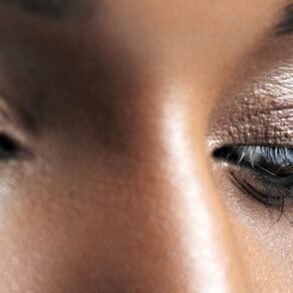As Halloween approaches, and everyone is excitedly picking out their costumes for the year, this is a great opportunity to give some more thought to what you should avoid. When dressing up in costumes, it is crucial to be extra mindful of what we put on our bodies and what effects it may have on those around us. When shopping for costumes, it is important to keep an eye for costumes that seem to be using cultural elements as a gag so as not to alienate or appropriate any person’s culture.
First things first, someone’s culture is not a costume. When picking out what you’re going to wear, it would be a good rule of thumb to stop and think: “Is this someone’s culture or some attempt at representing it?” So please, don’t throw on a sombrero and a poncho and dress up as “Mexican” or do some rendition of Day of the Dead attire. Also, do not put on some variation of a floral shirt, dress, or skirt, to dress up as “Hawaiian.” And do not throw on some gold embellished outfit and headdress and claim to be “Egyptian.” Finally, do not get a feathered headband and call yourself a “chief,” a “warrior princess,” and no, not even “Pocohantas.” For those who aren’t aware, Pocahontas is based on the story of Matoaka, a Powhatan girl who was kidnapped by Englishmen and abused. Thus, a rendition of her for Halloween is insensitive to Indigenous women who have had to endure violence at astronomic rates, most often at the hands of white men, and it plays a part in the erasure of Indigenous people as real people.
This list is not exhaustive but, all in all, people and their cultures are not costumes. My main goal is not to provide an extensive list of specific examples, but to remind you of the incredible importance of thinking critically before wearing something that could be deemed offensive. Be considerate of this.
The official definition of cultural appropriation is when someone adopts a culture that isn’t their own and does not acknowledge or respect the culture being used for their own benefit. Some examples of this can include hair, clothing, makeup, and impersonation to fit a certain persona. Please think twice before using someone else’s culture to your personal benefit. It is 2023 people! Let’s make sure we are extra aware of what we wear for a holiday that should be really fun and exciting.
Another thing to take into account is how some costumes may be ignorant of the harmful realities of certain groups of people. The first example being, prisoner and officer outfits. To play “dress up” as something that is an unfortunate reality of many—especially people of color when giving notice to the prison industrial complex and mass incarceration—reveals an immense position of privilege, and is very insensitive to the experience of imprisonment and police brutality. Another example of what to avoid is being a “hobo” a.k.a a homeless person. Again, homelessness is a sad reality of many, and to turn homelessness into a costume character takes away from the problem’s seriousness.
It is so important to be considerate of the different people around you, and how your costume may affect or even misrepresent them and their culture. There are so many cool, niche, popular, and fun costumes out there to go around, so there is no need to be offensive.
This post was originally published on this site be sure to check out more of their content.





